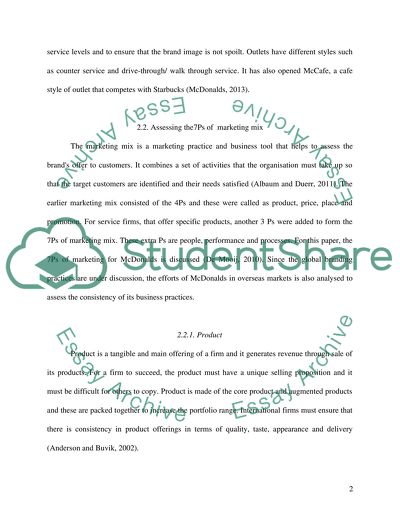Cite this document
(“Global marketing mix of McDonalds Essay Example | Topics and Well Written Essays - 2500 words”, n.d.)
Retrieved from https://studentshare.org/marketing/1489319-global-marketing-mix-of-mcdonalds
Retrieved from https://studentshare.org/marketing/1489319-global-marketing-mix-of-mcdonalds
(Global Marketing Mix of McDonalds Essay Example | Topics and Well Written Essays - 2500 Words)
https://studentshare.org/marketing/1489319-global-marketing-mix-of-mcdonalds.
https://studentshare.org/marketing/1489319-global-marketing-mix-of-mcdonalds.
“Global Marketing Mix of McDonalds Essay Example | Topics and Well Written Essays - 2500 Words”, n.d. https://studentshare.org/marketing/1489319-global-marketing-mix-of-mcdonalds.


